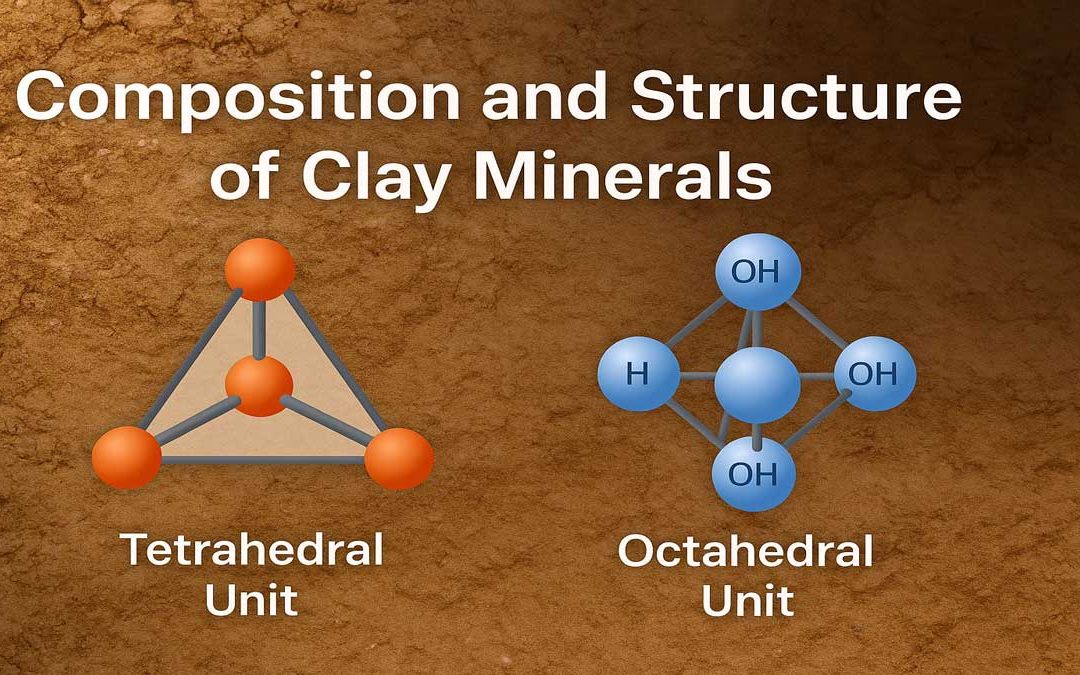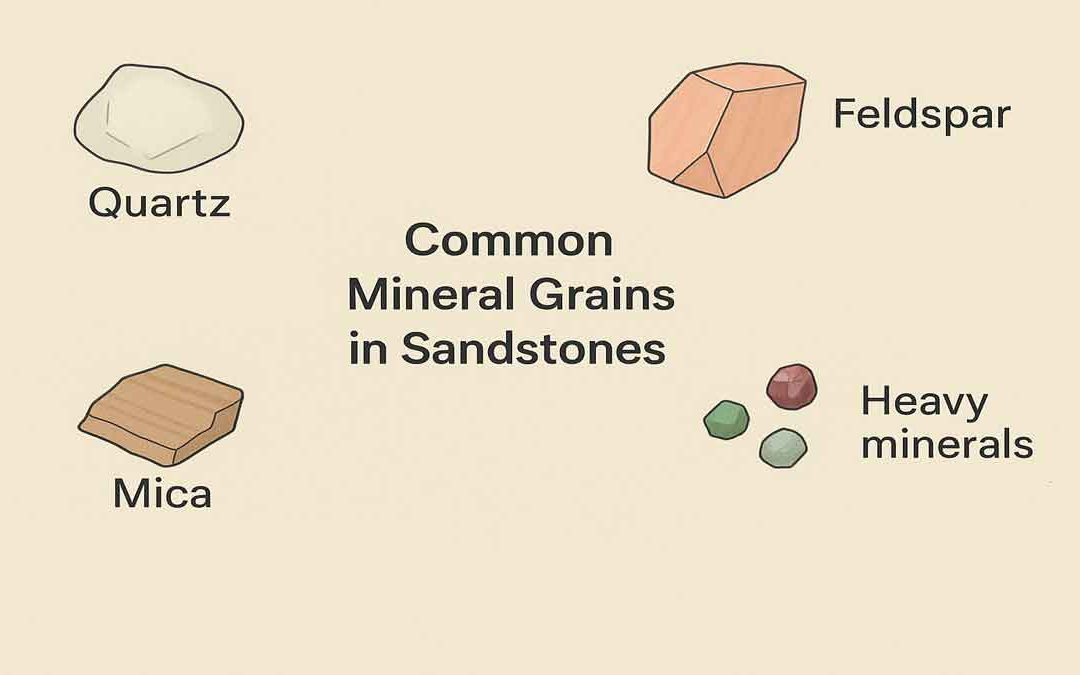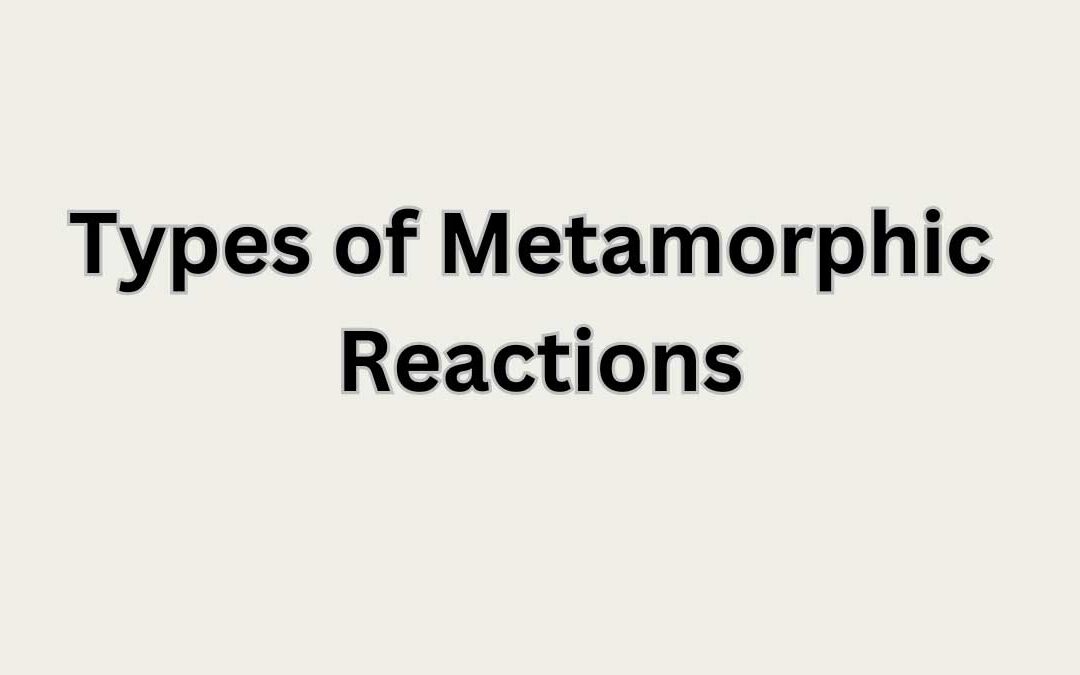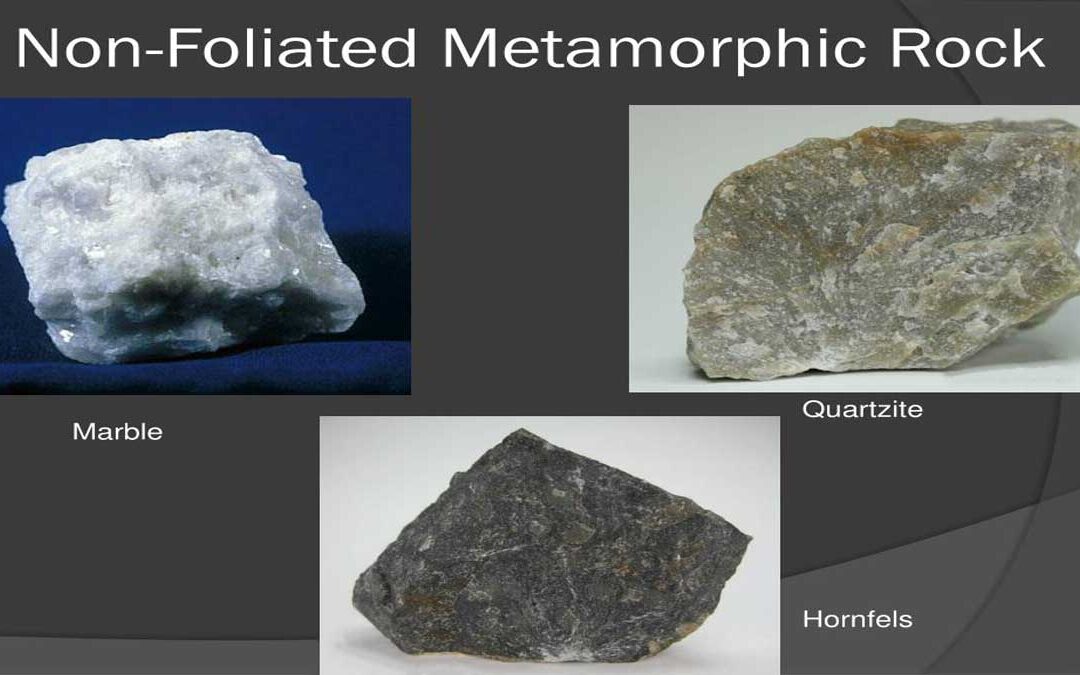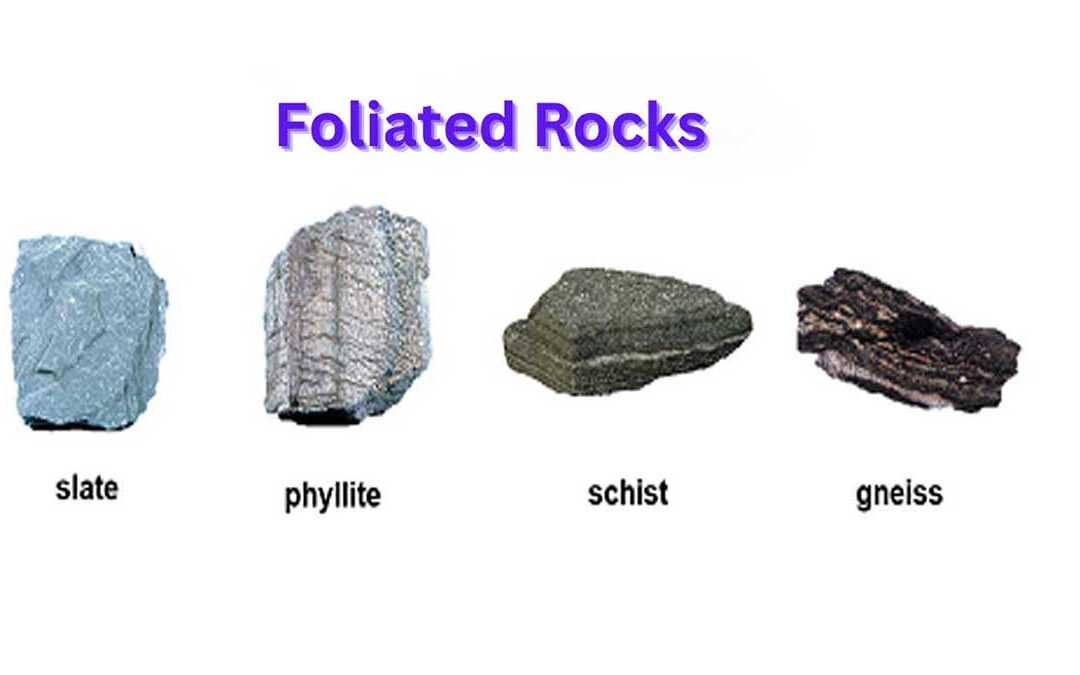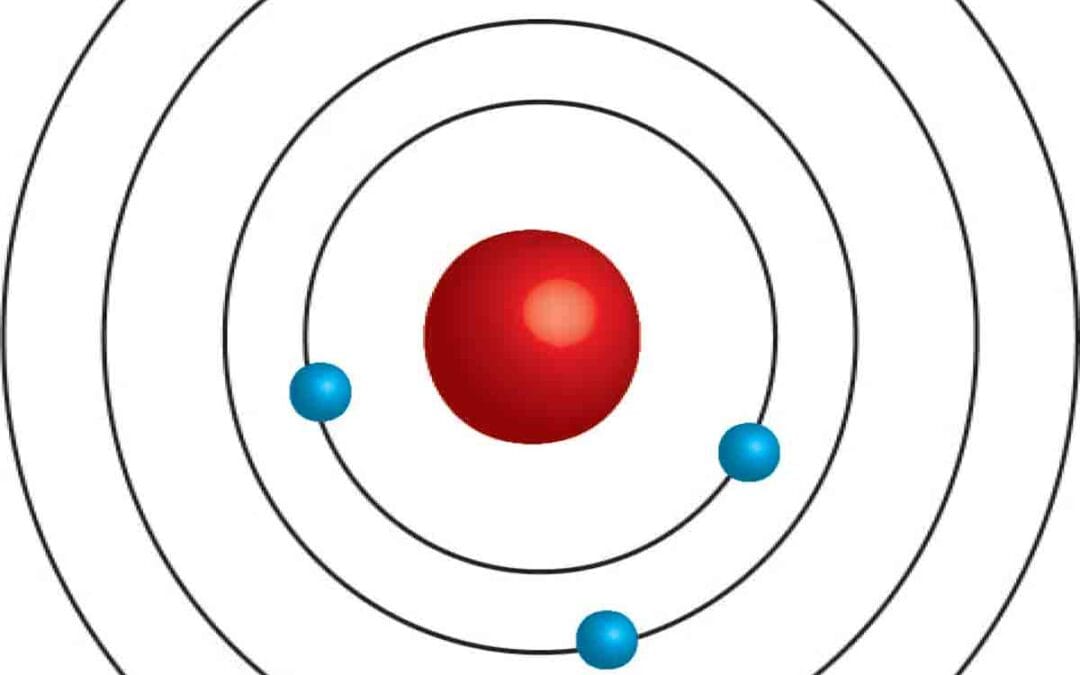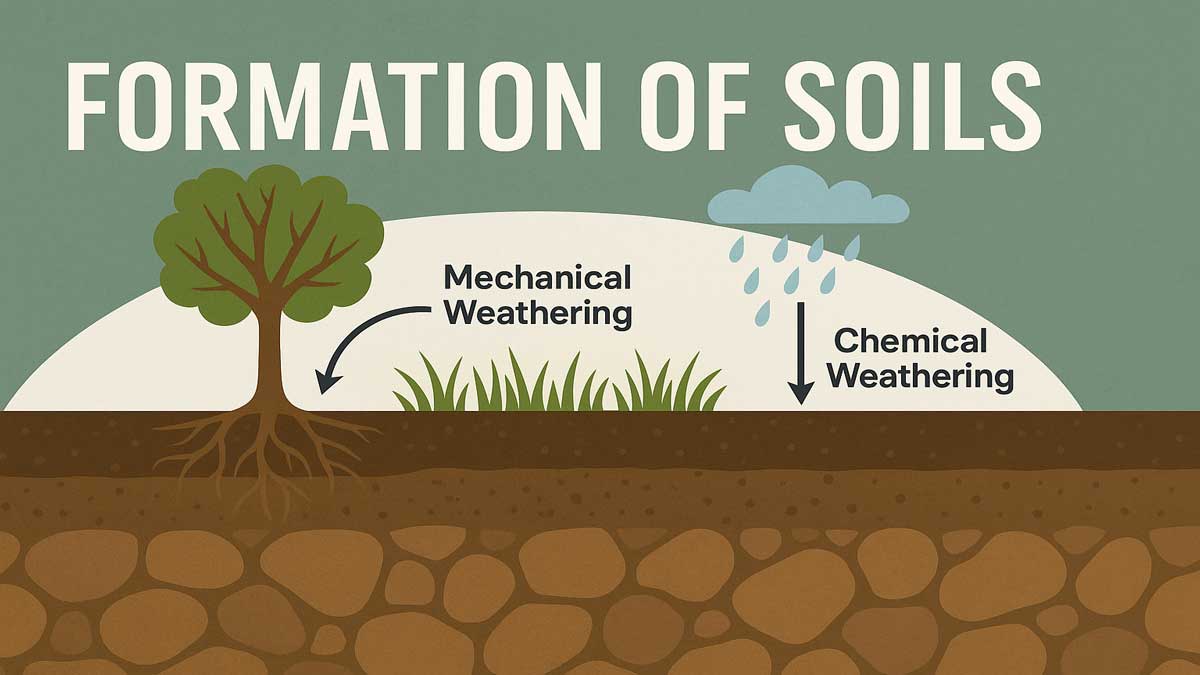
by Gelogia Team | Jul 1, 2025 | Crystallography & Mineral Optics, Mineralogy
Clay minerals are microscopic, layered silicate minerals that form the fine fraction of soils and sediments. They consist mainly of hydrous aluminum silicates and often include magnesium, iron, and organic materials. Their unique structure made up of tetrahedral and...

by Gelogia Team | May 30, 2025 | Mineralogy
Mineral Grains in Sandstones: A very large number of different minerals may occur in sandstones, and only the most common are described here. Quartz: Quartz is the commonest mineral species found as grains in sandstone and siltstone. As a primary mineral, it is a...

by Gelogia Team | Feb 9, 2025 | Mineralogy
Metamorphic Reaction: The study of metamorphic reactions provides vital information about the pressure and temperature conditions of metamorphism. During metamorphism, chemical reactions between components take place to produce a new mineral assemblage. The agents of...

by Gelogia | Jan 29, 2025 | Mineralogy, Uncategorized
Non-foliated rocks are metamorphic rocks without a layered structure, forming under uniform pressure or due to mineral composition. Common types include marble, quartzite, hornfels, granofels, and amphibolite, each with unique textures and properties. What are...

by Gelogia | Jan 29, 2025 | Mineralogy
Foliated rocks include slate, phyllite, schist, gneiss, and migmatite. Each type varies in grain size, mineral composition, and foliation intensity, reflecting different metamorphic conditions. What are Foliated Rocks? Foliated rock forms when pressure squeezes into...

by Gelogia | Nov 7, 2024 | Mineralogy
Niels Bohr introduced Bohr’s model of the atom as an enhancement of Rutherford’s atomic model. Rutherford had established a nuclear model that described the atom with a positively charged nucleus surrounded by negatively charged electrons. Bohr expanded on this...